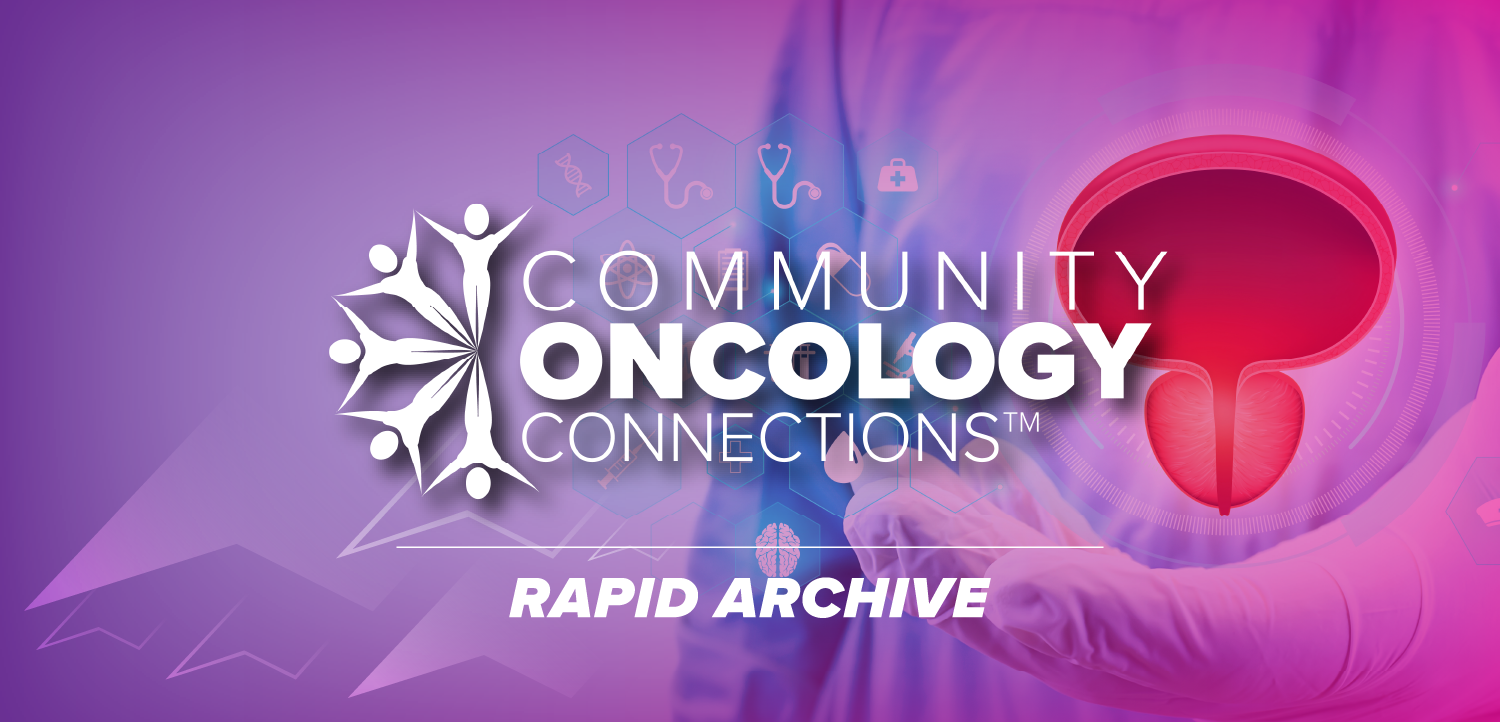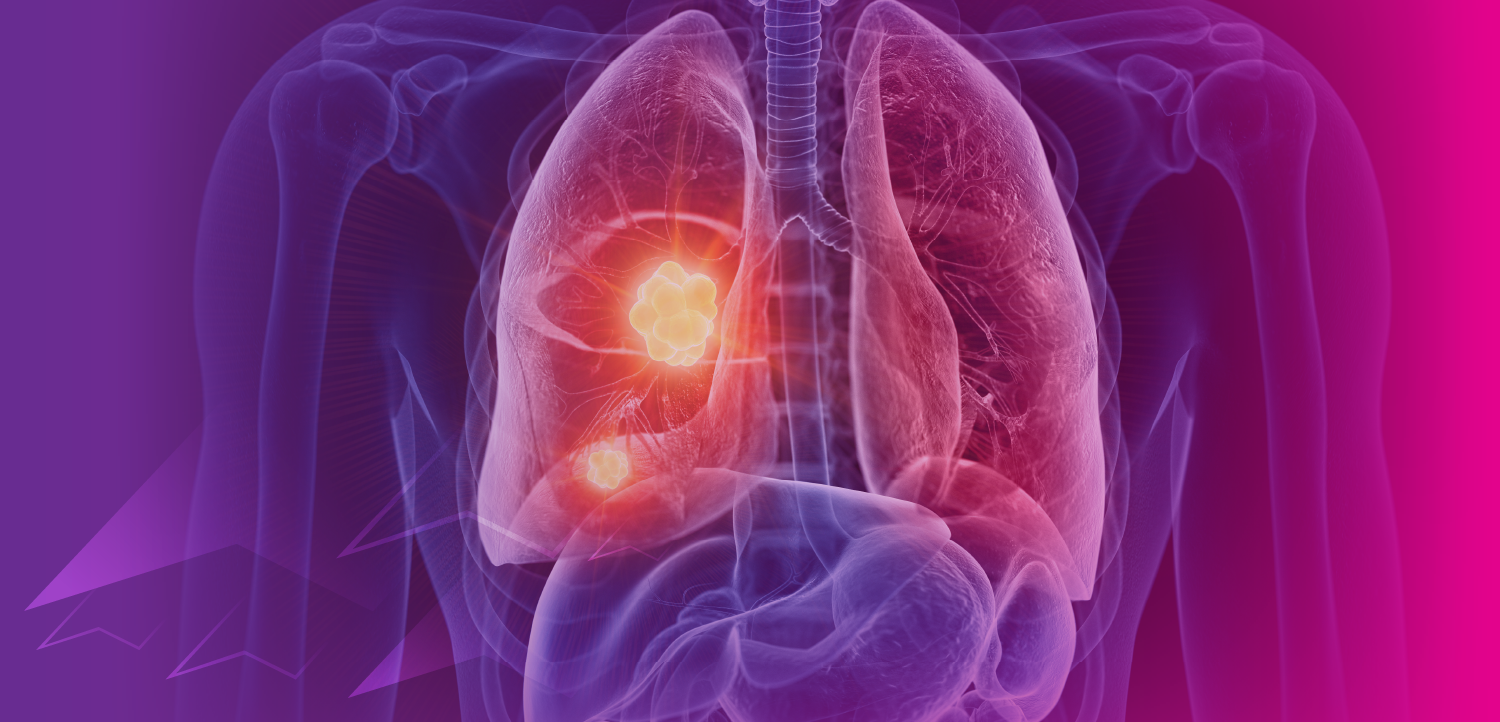VA opens link to DOD medical records
The Department of Veterans Affairs has achieved full electronic access to medical records generated in the Department of Defense.The one-way link is now fully installed and functioning at all VA sites, according to the VA's FY 2003 Annual Performance
The Department of Veterans Affairs has achieved full electronic access to medical records generated in the Department of Defense.
The one-way link is now fully installed and functioning at all VA sites, according to the VA's FY 2003 Annual Performance and Accountability Report submitted to the president and Congress earlier this month.
This major milestone provides the ability to electronically transfer health data so that discharged service members can have immediate access to their DOD medical records once they begin receiving healthcare at the VA. The system is expected to aid the disability claims process and improve the quality of VA healthcare provided to those recently separated from active duty.
"VA clinicians now have more readily accessible DOD health data, such as laboratory, pharmacy, and radiology records on almost two million patients," said Linda Koontz, director of Information Management Issues at the General Accounting Office, in a GAO report to Congress last month.
As part of the initiative, electronic health data from retired or discharged service members contained in DoD's Military Health System Composite Health Care System are being transmitted monthly to a VA Federal Health Information Exchange (FHIE) repository. VA clinicians can access the repository through the Veterans Health Information Systems and Technology Architecture, the department's current health system, Koontz said.
"The system has proved particularly valuable for treating emergency department and first-time VA patients by providing ready access to information on patients' existing medical conditions and current drug prescriptions," she said.
The FHIE repository houses data on about 1.8 million personnel who separated from the military between 1987 and June 2003. It includes 23 million laboratory, 24 million pharmacy, and four million radiology records.
The system is capable of accommodating up to 800 queries per hour, with an average response time of four seconds. VA clinicians made about 1900 authorized queries to the database last September.
While the VA and DOD have achieved a measure of success in sharing data, a virtual medical record based on the two-way exchange of data between the two agencies is far from being achieved, Koontz told Congress.
"The departments face significant challenges in realizing this longer term strategy," she said. "Without having clearly articulated a common health information infrastructure, the departments lack the details and specificity essential to determining how they will achieve the data exchange capability."
The VA and DOD have pursued the goal of sharing health data through electronic medical records since 1998. The VA is still working on links to the Indian Health Service.
Newsletter
Stay at the forefront of radiology with the Diagnostic Imaging newsletter, delivering the latest news, clinical insights, and imaging advancements for today’s radiologists.





























